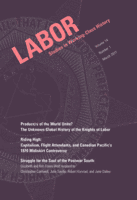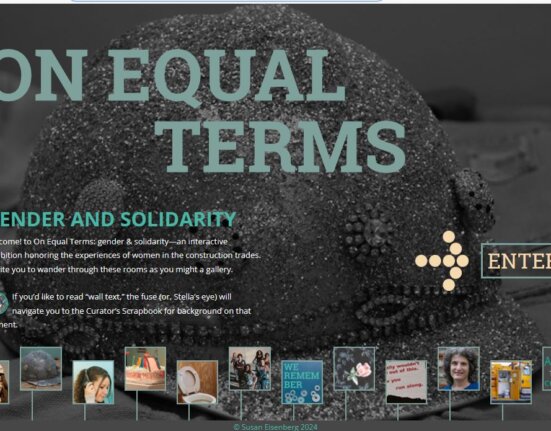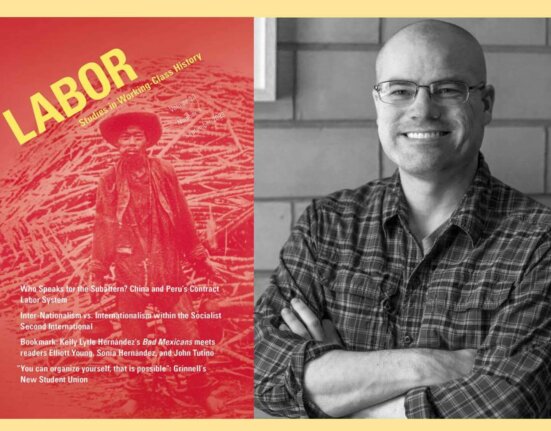In This Issue
Editor’s Introduction
- Leon Fink, “Editor’s Introduction
The Common Verse
- Afaa M. Weaver, “A Truck Driver from West Virginia“
LAWCHA Watch
- Eric Fure-Slocum, “LAWCHA’s Contingent Faculty Committee“
Articles
- Steven Parfitt,”Constructing the Global History of the Knights of Labor”
The Knights of Labor became one of the great global working-class movements of the nineteenth century between 1880 and 1900, extending from New Zealand to Belgium, Scotland to South Africa. That story, however, has been told only in fragments, on local, regional, and national levels. No truly global history of the Knights of Labor yet exists. This article brings together what historians have so far uncovered of their activities outside Canada and the United States, provides an outline of what their global history might look like, and shows how that history enriches our understanding of national labor histories across the world and of the Knights themselves in their American home. Finally, this article addresses the wide range of historical topics that would benefit from such a global history, including labor and imperial history and the construction of gender and color lines on an international scale during the nineteenth century.
- Joan Sangster and Julia Smith, ““Thigh in the Sky”: Canadian Pacific Dresses Its Female Flight Attendants”
This article uses a case study of a highly publicized 1970 controversy over Canadian Pacific Air Lines’ flight attendant uniforms—specifically, a switch from mini to midi skirt—as a case study in business-labor relations concerning the regulation of women workers’ bodily appearance. Using company and union records and employing a historical, materialist, and feminist analysis, we trace how notions of aesthetic and emotional labor changed over time in relation to the political economy, gender ideologies, and the agency of workers themselves. The flight attendants’ reluctance to challenge the airline’s sexist advertising indicated how both accommodation and resistance were intertwined in complex ways in the workplace. Their acceptance of more “thigh in the sky” had much to do with a highly regulated and disciplined workplace, an entrenched division of labor on the airplane, and gendered notions of beauty and glamour in the industry, including women’s strategic use of beauty on the job to their own advantage.







